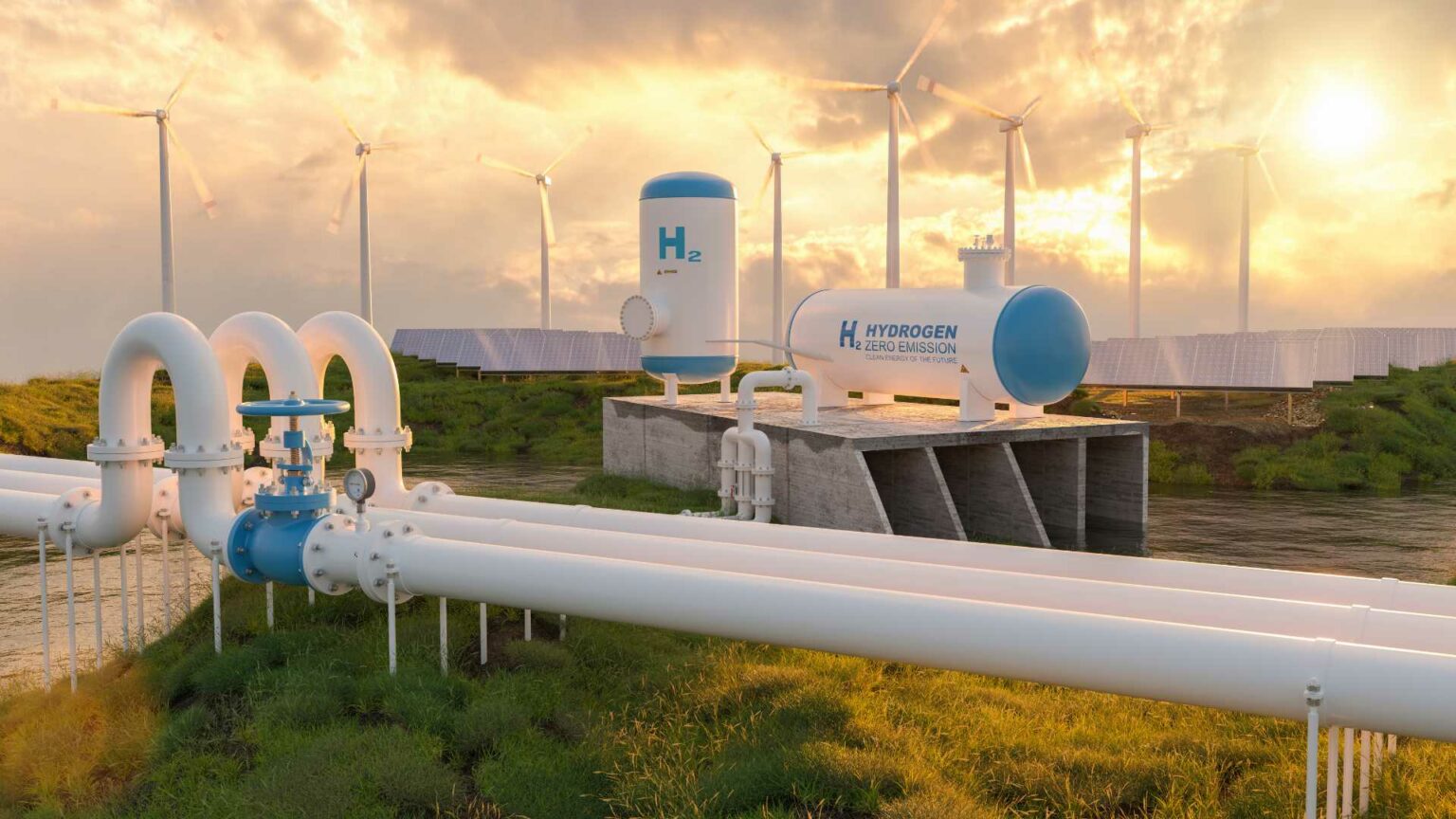The emphasis on green hydrogen as a cornerstone for a carbon-neutral society has never been more pronounced, particularly following the IPCC’s special report on global warming.
As nations strive for carbon neutrality by 2050, green hydrogen, produced from renewable resources, emerges as a pivotal component in offsetting greenhouse gas emissions. This shift is particularly relevant given that traditional hydrogen production predominantly relies on fossil fuels.
The inherent volatility of renewable energy sources, especially solar photovoltaic (PV) power, presents a significant challenge in stabilizing the power grid. To circumvent this, researchers are exploring a value division strategy for PV power, effectively bifurcating it into “high-value power” for stable grid contributions and “low-value power” for hydrogen production, leveraging its unpredictability. For instance, a Japanese simulation study found that by segmenting PV power at 25% of its maximum output, 50.2% of the total energy produced could be categorized as high-value, thus better stabilizing grid supply while concurrently increasing hydrogen production threefold.
The economic implications of this approach are far-reaching. By exploiting low-cost, surplus power for hydrogen production, the cost per normal cubic meter (Nm3) of hydrogen was significantly reduced to 25 Japanese yen, aligning with Japan’s 2030 economic targets for hydrogen. This cost efficiency was notably achieved through the integration of energy storage systems (ESS), specifically batteries, which complement hydrogen production by buffering short-term fluctuations in energy supply.
Despite the promise of hydrogen as an energy storage medium, the technology faces competition from established methods like pumped-storage hydroelectricity and other battery forms. However, hydrogen’s potential for long-term storage and transportation distinguishes it, particularly its conversion capabilities into other carriers such as ammonia or methanol, offering a versatile energy solution.
Renewable energy, as the main power source, inherently faces the challenge of fluctuating supply. This necessitates robust ESS to smooth output while minimizing economic disruption. By pairing batteries with hydrogen systems, the consistency of power supply can be enhanced, accommodating both daily and seasonal demand variability. In fact, integrated systems illustrate significant cost reductions in hydrogen production while achieving greater balance between supply and demand, a prerequisite for reliable energy infrastructures.
Industry watchdogs like the International Renewable Energy Agency (IRENA) project that by 2050, under the 1.5 °C warming scenario, electricity dedicated to hydrogen production could reach a quarter of global power generation. Additionally, hydrogen storage capacity could soar as high as 800 TWh, underscoring its potential to revolutionize renewable energy utilization. Such predictions underscore the strategic thrust towards using hydrogen not only as a supplement to renewable energy systems but as a pivotal element in transitioning to a sustainable energy economy.
Stay updated on the latest in energy! Follow us on LinkedIn, Facebook, and X for real-time news and insights. Don’t miss out on exclusive interviews and webinars—subscribe to our YouTube channel today! Join our community and be part of the conversation shaping the future of energy.





